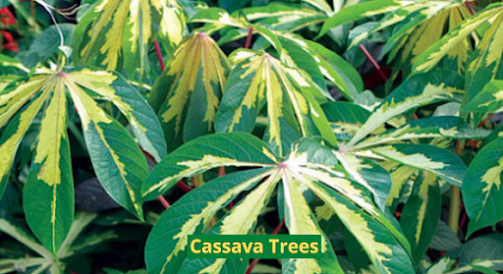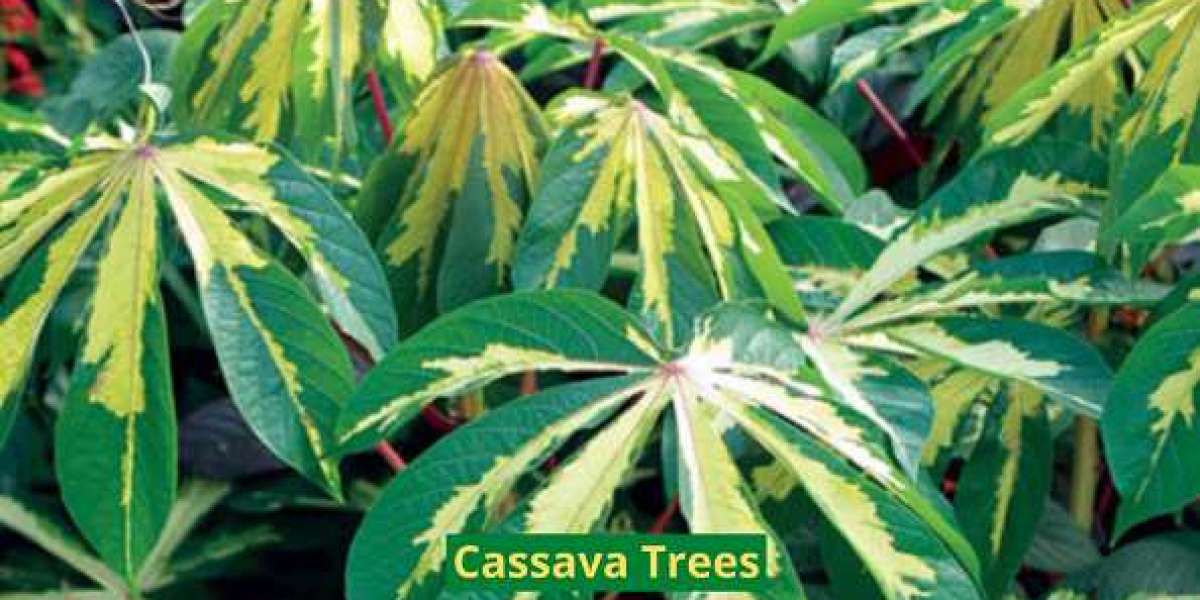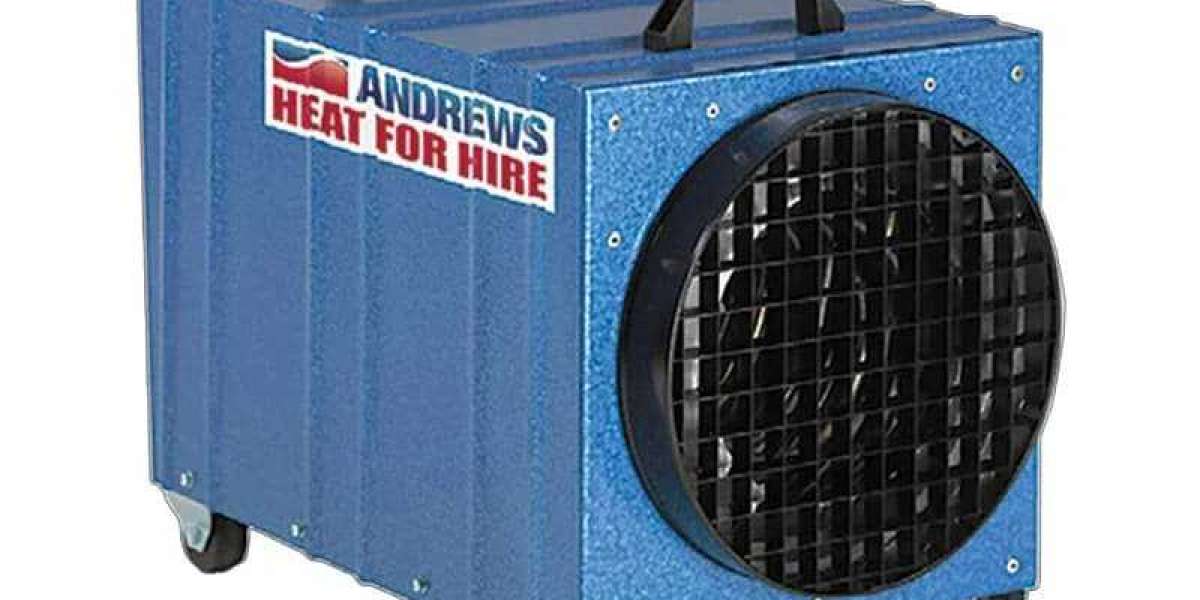Are you looking to add some perennial beauty to your garden landscape? We have plenty of exotic options that can add an exotic touch to the garden. Being one of the most popular staple crops in the United States, Cassava Trees are full of nutrients that make them a good option for digestion. Here we will help you to learn the best ways if you also want to grow this great plant in your garden. So, let’s begin:

A Well-Lit Spot
Variegated Tapioca plants ideally prefer well-lit locations where they can get at least 6-7 hours of bright sunlight. However, their leaves can also burn when placed in hot direct sunlight. Being a perennial plant, they prefer sunny and shay locations where they get a balanced amount of the sun. When you buy them from Leaf Baba, you will know the best ways to grow them carefully.
Soil Type
One of the biggest reasons people prefer growing Cassava plants is their tolerance to grow easily in all soil types. They perfectly tolerate growing in several kinds of soil, such as well-drained soil. However, the sandy and loamy soils also work great for the growth of variegated Tapioca.
Ideal Watering Sessions
There are several reasons why people prefer growing Tapioca plants, and one of them includes their drought-tolerant nature. They can easily survive periods of growth and summer rains. So, if you live in a tropical area or have a black thumb for gardening, Cassava trees can easily survive all conditions. Also, they do not prefer extreme rainy seasons, and the roots start rotting when standing in water for longer periods. So, make sure you choose a well-draining soil type if you experience a heavy rainfall climate.
Preferred Temperature
As we already said, Tapioca plants are tropical plants and prefer being in a hot climate. Those gardening enthusiasts living in colder climates must always keep their Cassava trees inside in a container or greenhouses to save them from frosty winds. Also, bring these plants inside in freezing or rainy weather conditions to allow easy growth.
Nutritional Requirements
Another excellent reason to grow Cassava trees indoors is that they don’t need much fertilizer to keep growing. If you grow them in soil rich with organic content, you need not feed them with fertilizers frequently. Still, if you want them to grow at their best, choose a fertilizer rich in potassium to prevent abnormal and straggly leaves. Also, if you are growing it as a crop, you need to feed them with a fertilizer high in nitrogen content. For more information, you can visit the website at Leaf Baba and learn more information related to the growing tips for Tapioca plants.







